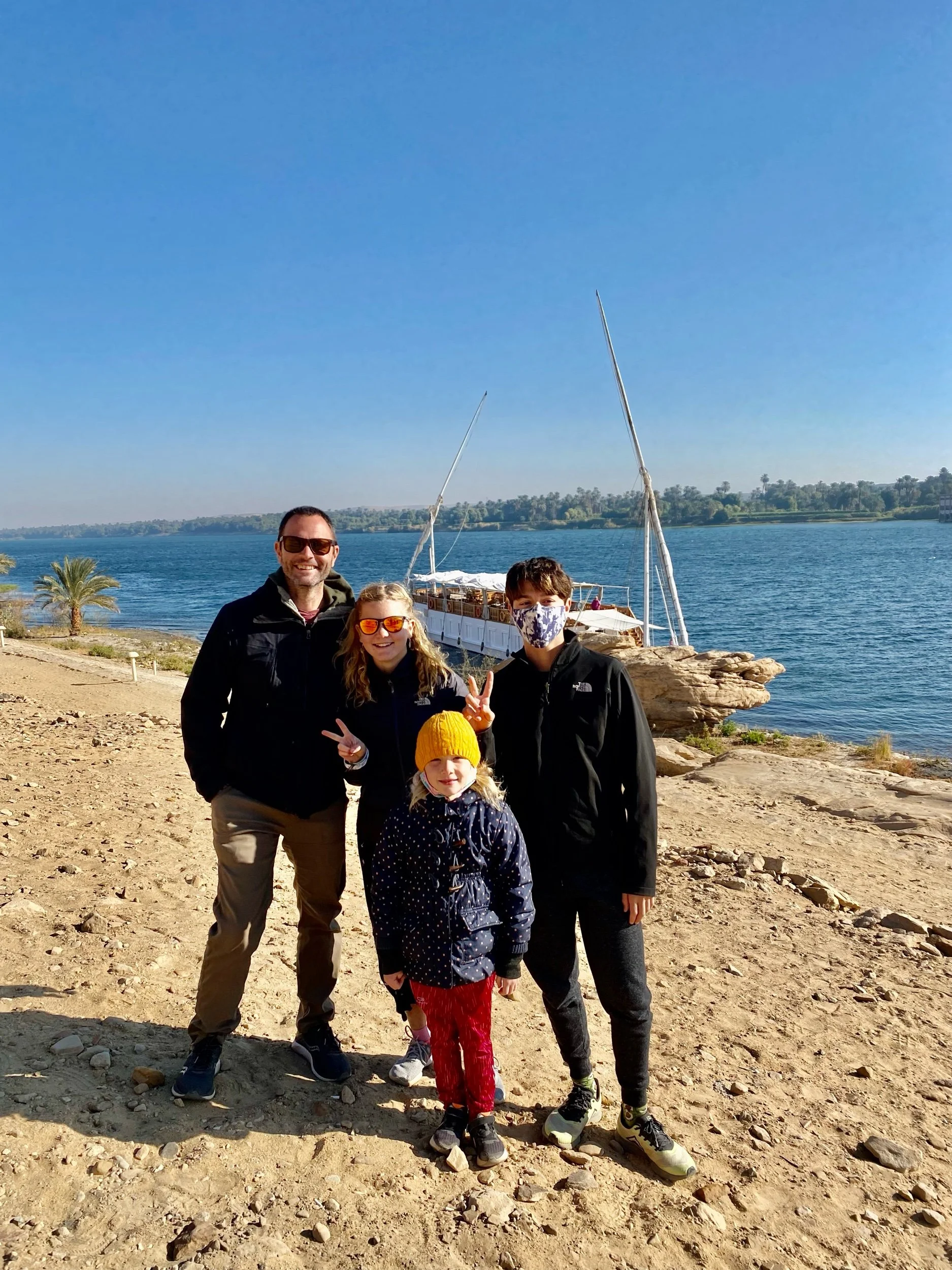Athens Historical Sites, by a sixth grader
We took a plane from Madrid and we spent two and a half days in Athens, capital of Greece. The day after we arrived in Greece, we woke up early to see the Acropolis (the most famous classical Greek site) because it gets so busy and really hot in the summer. We bought tickets that allowed us to see six ancient Greek ruins and museums, including the Acropolis. Here are the sites that we saw:
Acropolis which included the Parthenon, Erechtheion, and Temple of Athena Nike. The Acropolis is the actual rock/hill that the Parthenon and the other temples are located. Down below the Acropolis is the Odeon of Herodes Atticus where they still hold concerts and the Theater of Dionysus which was the first theater in the world. Lots of people confuse the Acropolis with the Parthenon. The Parthenon is a Temple dedicated to Athena from the Classical Greeks and is the icon of classical Greece. Personally, I really liked it because the temple is from 400s B.C.E and still really well preserved.
Temple of Olympian Zeus. The temple is close to the Acropolis and only 15 of the 104 columns remain and one of the columns fell down after a fierce storm. The column that fell was really cool because since the column was split into several big chunks of stone (to make it easier to build) it looked like dominoes that had fallen down. You could easily tell from the few columns that remained that the temple was a really big building.
Lyceum (Aristotle’s school). This was one of the first schools in the world. The school was also a gymnasium or where young men wrestled, boxed, and played another form of wrestling that you could do anything to your opponent except gouge out their eyes or kill them. I didn’t really like it that much because I do think the history of the place is cool but it was just like a bunch of rocks put together. There were no pictures that showed what the school would look like if it was still intact.
Kerameikos (an ancient Greek cemetery). The first tomb was made in the early bronze age and the cemetery expanded until the Romans came. The cemetery also was the only place that you could see the ancient Athens wall. There was a museum that had the gravestone and pots found in the graves. One of the pots was the first ever to depict humans. We also get the word English word “ceramics” from “keramikos”. The cemetery was really big I would definitely recommend it.
Roman forum (Roman Agora). The Romans made it around 250 B.C.E as a government building. At the back there was the Tower of the the Winds to honor the wind gods. The Tower of the winds was covered in several meters of dirt and excavated just a few decades ago. I could tell that the main building was huge. I liked it a lot because of how massive it was.
Ancient Greek Agora had a reconstruction of one of the ancient buildings, putting the same kind of stone as the Ancient Greeks. On the site there was the best persevered Ancient Greek temple for the god of fire, Temple of Hephaestus. It was the site where all government meeting took place and where democracy was invented and first used. In the middle there is an Odeon of Agrippa (a two-level enclosed theatre) that had marble “giants” holding up the roof at the front. I thought it was amazing how we went to the place where democracy was invented. It was a really big area full of ancient Greek ruins.
Hadrian’s Library was built by emperor Hadrian, the same emperor that built Hadrian’s wall (in England) and Hadrian’s Arch in Athens. The Library was built into the wall of Athens. The books in the library were all made of papyrus. In the center there were the ruins of a church that was built after the Romans. The library was huge, probably the same size as lots of modern libraries, pretty impressive.
Athens has amazing history and culture. I hope you can go to Athens and see the sites for yourself!
Posing in front of the Temple of Hephaestus - at the Ancient Greek Agora
Having some fun at Hadrian’s Library
Kaio in front of the Parthenon at the Acropolis
The Ancient Theatre of Dionysus, the first theatre in the world!
The Odeon of Herodes Atticus - still in use today!
The fallen column at the Temple of Olympian Zeus
The remaining columns at the Temple of Olympian Zeus
Remnants of the ancient Athenian Wall at Keramikos






































